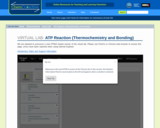
Determine the enthalpy of the ATP reaction.
- Subject:
- Chemistry
- Physical Science
- Material Type:
- Activity/Lab
- Provider:
- The ChemCollective
- Date Added:
- 07/13/2021
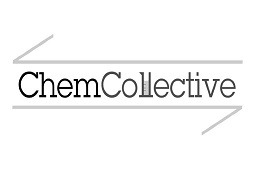

Determine the enthalpy of the ATP reaction.

In this activity, students use the virtual lab to create 500mL of 3M HCl solution from a concentrated stock solution of 11.6M HCl. They must first calculate the correct volumes of 11.6M HCl solution and water to mix together to create the final solution. Next, they prepare the solution using the appropriate glassware, and then can check their answer using the concentration viewer in the solution info panel.
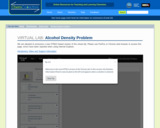
Determine the concentration of an alcohol solution from its density.
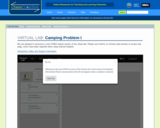
In this part of the MRE scenario, students measure the enthalpy of a reaction.
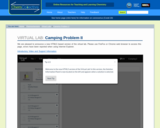
In this part of the MRE scenario, students determine change in the enthalpy of a reaction as the concentration of reactants are varied.
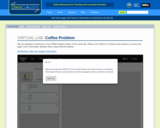
Use the virtual lab to determine how much milk to add to hot coffee to reach the desired temperature

In this activity, students use the virtual lab to prepare a sucrose solution for a soda recipe. They next calculate the concentration of their solution in terms of molarity, percent mass and density.

In this activity, students perform an experiment to determine the heat of a reaction.

In this activity, students use the virtual lab to create a 0.025M glucose solution from a standard 1M glucose solution. First, they calculate the correct volumes of 1M glucose solution and water to mix together to create the final 0.025M solution. Next, they prepare the solution using the appropriate glassware. Students can check to see if their procedure was correct using the concentration viewer in the solution info panel.
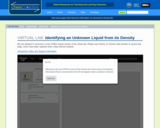
In this activity students use the virtual lab to design an experiment to determine the identity of mislabeled bottles using the densities of the solutions inside.

In this activity, students use the virtual lab to identify an unknown metal by measuring its density and comparing their measurements to the densities of known metals.
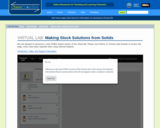
In this activity, students use the virtual lab to create stock solutions starting from solid salts. Students must first calculate the correct amount of solid to make the solution. Next, they prepare the solution using the appropriate glassware. Students can check to see if their procedure was correct using the concentration viewer in the solution info panel.
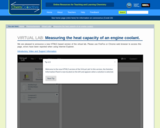
As an analytical chemist at a company developing new engine coolants your task is to determine the heat capacity of a newly developed product and then to determine if its heat capacity is greater of less than that of ethylene glycol.